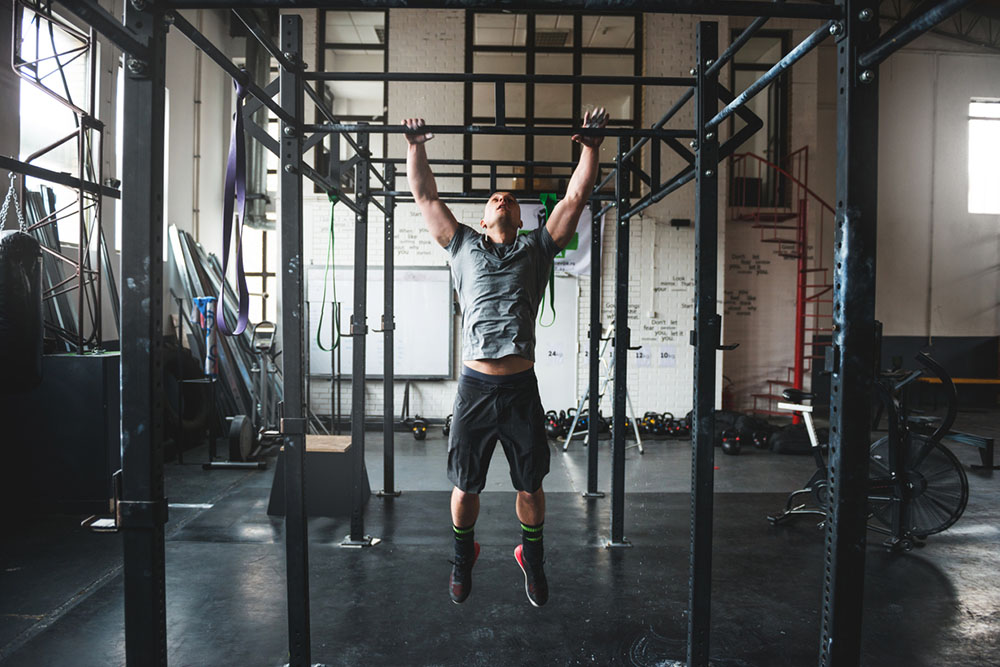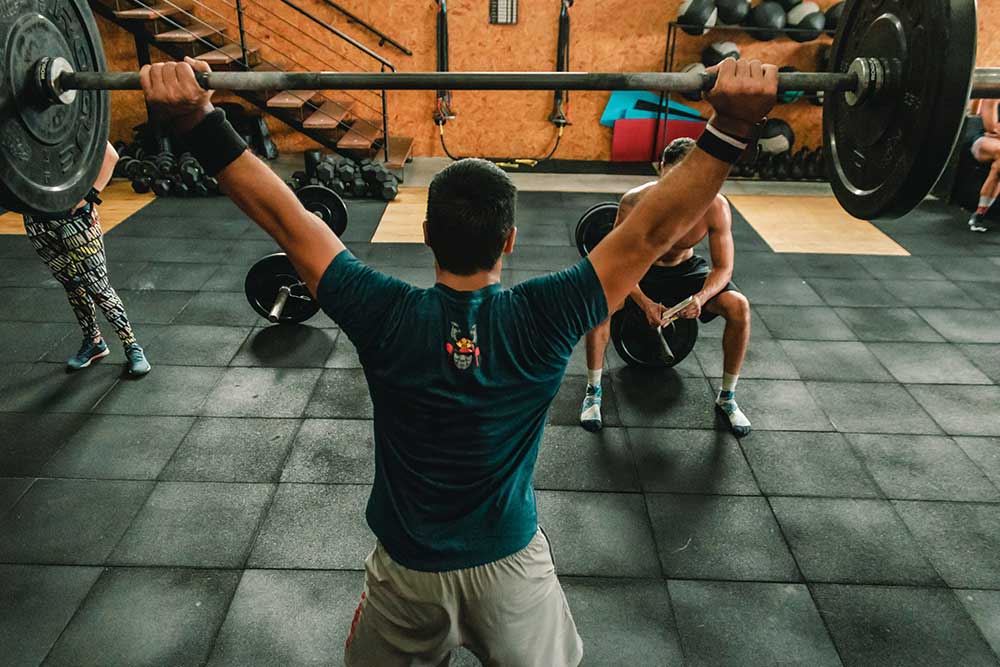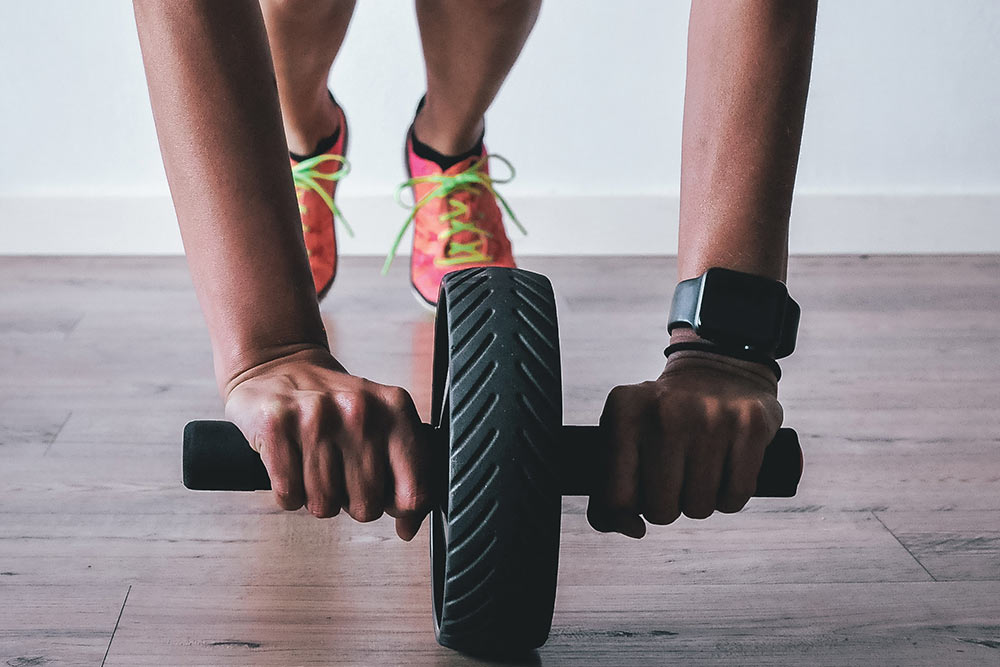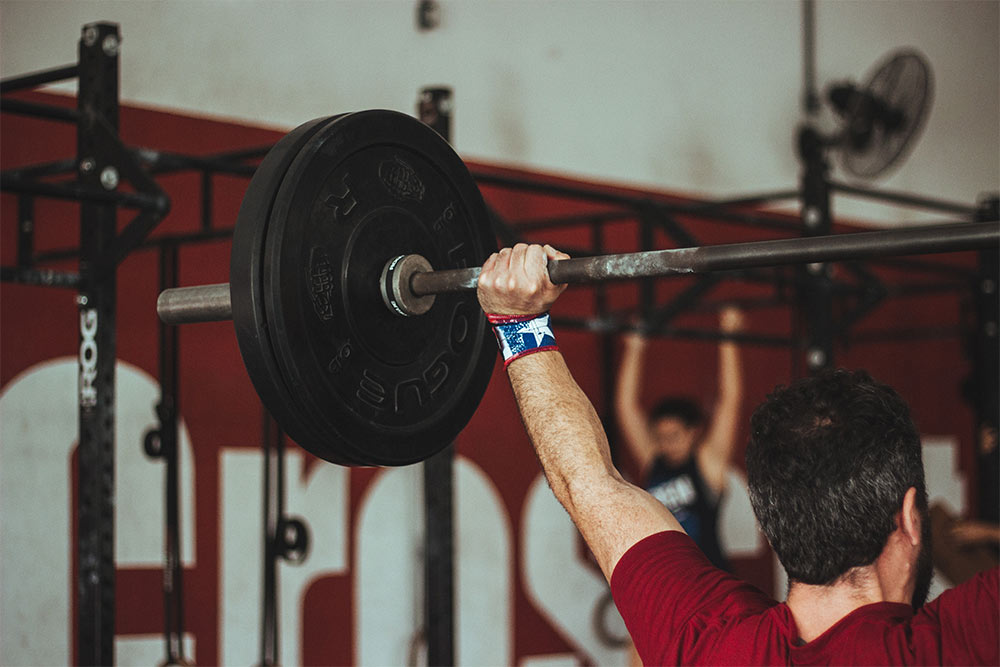The Truth Behind Static & Dynamic Stretching

A Review by Alyssa Bialowas
Effective stretching techniques used by athletes offer vital benefits to their competitive performance, such as flexibility, increased range of motion, injury prevention, and the prevention of muscle soreness prior to or following exercise. Stretching techniques used by athletes, trainers, or coaches include ballistic, static and dynamic stretching. During ballistic stretching you force the body parts into positions beyond the normal range of motion by the momentum of a swinging movement. Dynamic stretching involves movement and effort for a stretch to occur, and static stretching takes a muscle to its full length and is held for 15 to 60 seconds.
A recent comprehensive wave of research indicates that static stretching can compromise isokinetic force output, and dynamic stretching has no adverse effect or improves muscle strength performance. Strength measurements in the static research were performed only in the stretched muscles. However, during athletic performance, antagonist muscle co-activations are common to prevent overloading a joint, and measurements should be taken on the non-stretched antagonist muscles.
Related Article: Fascia Warm Up, Strength & Stretch Plan
The Study
Twenty healthy male athletes between the ages of 18-30 years participated in the study. The test procedure was conducted in the dominant leg of the subject. The subjects visited the laboratory in a randomized order on five separate days, either participating in the non-stretching control, static stretching of the quadriceps muscles, static stretching of the hamstring muscles, dynamic stretching of the quadriceps muscles, or dynamic stretching of the hamstring muscles. The subjects performed four repetitions of each stretching condition on the five separate condition days.
Concentric and isokinetic peak torque in the non-stretched antagonist quadriceps and hamstring muscles, and their concurrent electromyographic (EMG) activities were measured prior and immediately following the intervention.
Related Article: Concurrent Training & Its Effect On Muscle & Strength Gains
The Results
There were no significant main effects or group by time interactions between groups for all the measured strength parameters. The normalized EMG amplitude values for the hamstring muscle after antagonist quadriceps stretching intervention and for the quadriceps muscle after antagonist hamstring stretching intervention did not show any significant main effects.
Takeaway
Static and dynamic stretching of the knee muscles (quadriceps and hamstrings) did not have an effect on the strength performance of the antagonist muscles. Results from this study did not indicate that stretching is harmful to an athlete’s strength performance in any way, but offers little to no benefits. Further research should focus on possible benefits of long-term stretching on strength performance, additional stretching techniques and various volumes of stretching.
Related Article: 6 Cures For Sore Muscles After HIIT
You Might Like:
The Science of Temperature Therapy
Temperature therapy (also known as “thermal therapy” or “thermotherapy”) involves the use of heat or cold to improve health and function. Interestingly, thermotherapy has been around for centuries, with ancient cultures regularly using hot springs,...Improve Surgery Outcomes and Recovery With Prehab
Going into surgery is a scary prospect. I mean, the thought if someone cutting into to muscle and bone then sewing some stuff together sends shivers up my spine. And most would consider surgery like...Cold Water Immersion for Recovery: Friend or Foe?
For decades athletes and weekend warriors alike have been jumping into an ice bath or a cold shower after exercise to enhance recovery. But what if I told you they might be doing more harm...Waiting for the Bus Exercises
John Barry I can make the argument that the least engaging portion of a training program are the corrective or mobility exercises. These are the stretches, myofascial release, and similar movements a coach, trainer, physical...Are Shoulder Injuries Common in CrossFit?
Over the last decade, CrossFit has become one of the most popular modes of exercise on the planet. And really, given the fact that it offers a way to build strength and power, increase endurance...Do We Really Need A Cool Down After Exercise?
Hunter Bennett I can picture it now. I finally manage to get to the end of a grueling training session, and I start preparing myself to settle down and do some light stretching, before immediately...Akova, B., Gur, H., Sekir, U., & Serefoglu, A. (2018). “Effects of Static and Dynamic
Stretching on the Isokinetic Peak Torques and Electromyographic Activities of
the Antagonist Muscles.” Journal of Sports Science and Medicine, 16, 6-13.













